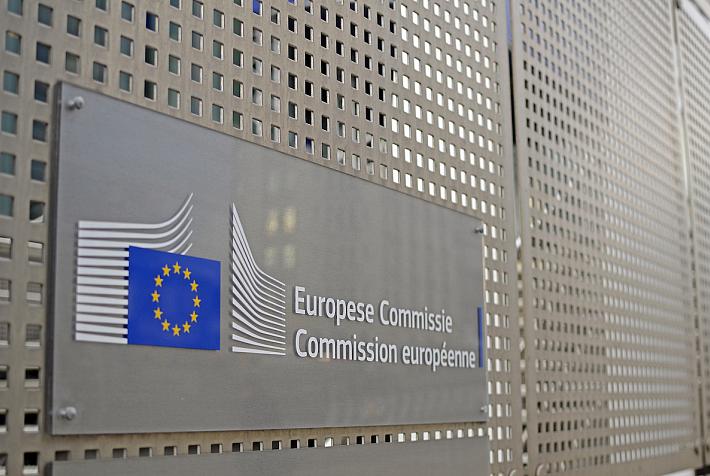(P) Banking Market Overview in CEE and Romania

 Central and Eastern Europe (CEE) banking market overview
Central and Eastern Europe (CEE) banking market overview
By Ensight Management Consulting
Similar to 2009, in 2010 as well, the total CEE banking assets had a general positive trend and slightly increased in value by ~2%. Romania was the 4th biggest banking market in CEE, with total banking assets below the CEE average.
The overall trend of bank loans at CEE level increased by ~13% in nominal terms compared to 2009 values. The high increase was mainly driven by Poland (considering the market’s dimension), while countries like Bulgaria, Slovenia, Hungary and Romania had a low increase in total bank loans. The overall bank deposits had also a general positive trend in many CEE countries in 2010. Thus, as opposed to the pre-crisis years (2005 – 2008), in many CEE countries the growth of deposit collection outpaced or was closer to the evolution of granted loans. As payment instruments are concerned, Romania and Bulgaria have the lowest values of card transactions per inhabitant among CEE countries that are part of EU.
Romanian banking market overview
The dynamic of the aggregated net bank assets increased with 3.5% in nominal terms in RON in 2011. However, it is still a low level compared to the high growth values registered in previous years (before 2009).
Total banking loans continued their declining trend in 2011 as well. The evolution was determined partly by the banks’ risk aversion due to increased non-performing loans and profitability issues. On the other side, the contraction of the population’s disposable income and an increased trend towards savings had an influence as well. Concerning the loans structure per destination, corporate loans continued their increase in 2011 as well, reaching a level of 26.7 bnEUr in 2011, while household loans were fairly stable in 2011 in nominal values.
The nominal value of the total deposits continued its increase up to ~40.5 bn EUR in Dec. 2011. The population’s increased tendency towards savings was visible in 2011 as well. The higher appetite towards savings is also due to a more prudent liquidity management of the population.
Both the overall number of valid cards and the value of payment transactions increased in 2011 compared to 2010. Thus, in Dec. 2011 there were ~13 mil. units of valid cards in circulation and the value of cards payment transactions was of ~ 1.335 mil. EUR.
Non-performing loans continued their ascending trend in 2011, even if at a slower pace, and thus lead to a further worsening of credit quality for many banks. As a consequence, the overall banking system’s profitability was heavily impacted once again in 2011 and reached significant negative territory, posting at the end of the year an aggregated loss of ~ -100 mEUR.
Therefore, some of the main short and medium term trends on the Romanian banking system include: increased financing pressures, reduced credit activity, increased focus on EU funds co-financing, cost control/ branch network optimization, change of the competitive landscape, increased competition for “good” customers etc.
DOWNLOAD FULL STUDY HERE. (pdf version)
For further information, please contact us:
Ensight Management Consulting
150 Uranus St. (The Ark), postcode 050826, sector 5, Bucharest, Romania
Phone: +40 31 4055468, Fax: +40 31 4055467
E-mail: contact@ensight.ro
(P- This article is an advertorial)











